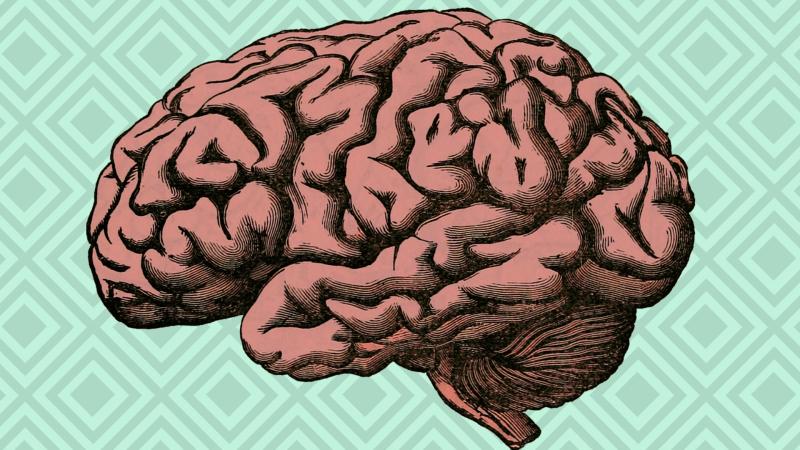
Study investigates the abnormalities in the brain of a patient with a neurodegenerative disorder
When the ancient Egyptians embalmed the dead, they took most organs out of the body, including the brain, and left only the heart in place, as they believed that it was the centre of a person's being and intelligence. However, today we know this is not true. In fact, it is the brain that is the seat of all our rational thoughts, and it controls most of our body's functions. Hence, when neurodegenerative disorders, like Parkinson's, strike, we become almost dysfunctional. In a recent study, researchers from the National Institute of Mental Health & Neurosciences (NIMHANS), Bengaluru, and Symbiosis International University, Pune, have investigated the abnormalities that are caused by multiple system atrophy in the grey and white matter of the brain.
Multiple system atrophy, or MSA for short, is a neurodegenerative disorder caused by to the progressive degeneration of the neurons in several parts of the brain. Those affected have tremors, slow movement of the limbs, the rigidity of the muscles, and imbalance. These symptoms are collectively known as the Parkinson’s disease or MSA-P. There is also MSA-C, caused when the brain's cerebellum does not function properly. The affected individual cannot coordinate voluntary muscular movements of the arms, his/her gait is affected, and he/she has difficulty in articulating words.
In this study, published in the journal European Radiology, the researchers analysed 26 MSA patients for about two years to study their symptoms and assess how this disorder was affecting their brain. They performed voxel-based morphometry, a technique used to measure the differences in local concentrations of brain tissue. They also compared the Magnetic Resonance Imaging scans of these patients, done to map the white matter in the brain, with 25 healthy individuals in the same age group and gender.
The brain is made up of the grey matter and white matter. While the grey matter is made up of neurons or nerve cells, the white matter is a of bundle of nerve fibres that form a fine meshwork and connects various grey matter areas.
The study found that the white matter was more affected than the grey matter in the early stages of MSA. These changes were observed to be greater in patients with MSA-C than with MSA-P. The initial structural changes with MSA included the loss of grey matter in certain parts of the brain, like the cerebellum, that is responsible for voluntary movements, and the subcallosal gyrus, which is part of the limbic system. There were also some changes in the white matter of the cerebrum and cerebellum.
In patients with MSA-C, some grey matter was lost from the cerebellum, and the observed changes in the white matter affected the cerebellum and the association tracts that connect areas of the brain. In contrast, there was no loss of grey matter in the brains of patients suffering from MSA-P, and the changes to the white matter were seen mainly in the cerebrum region.
The findings of the study could help researchers better understand what happens to the brain of a person suffering from neurodegenerative disorders like MSA. Such an understanding can help devise better forms of preventive treatments that can slow down the progression of the condition.






